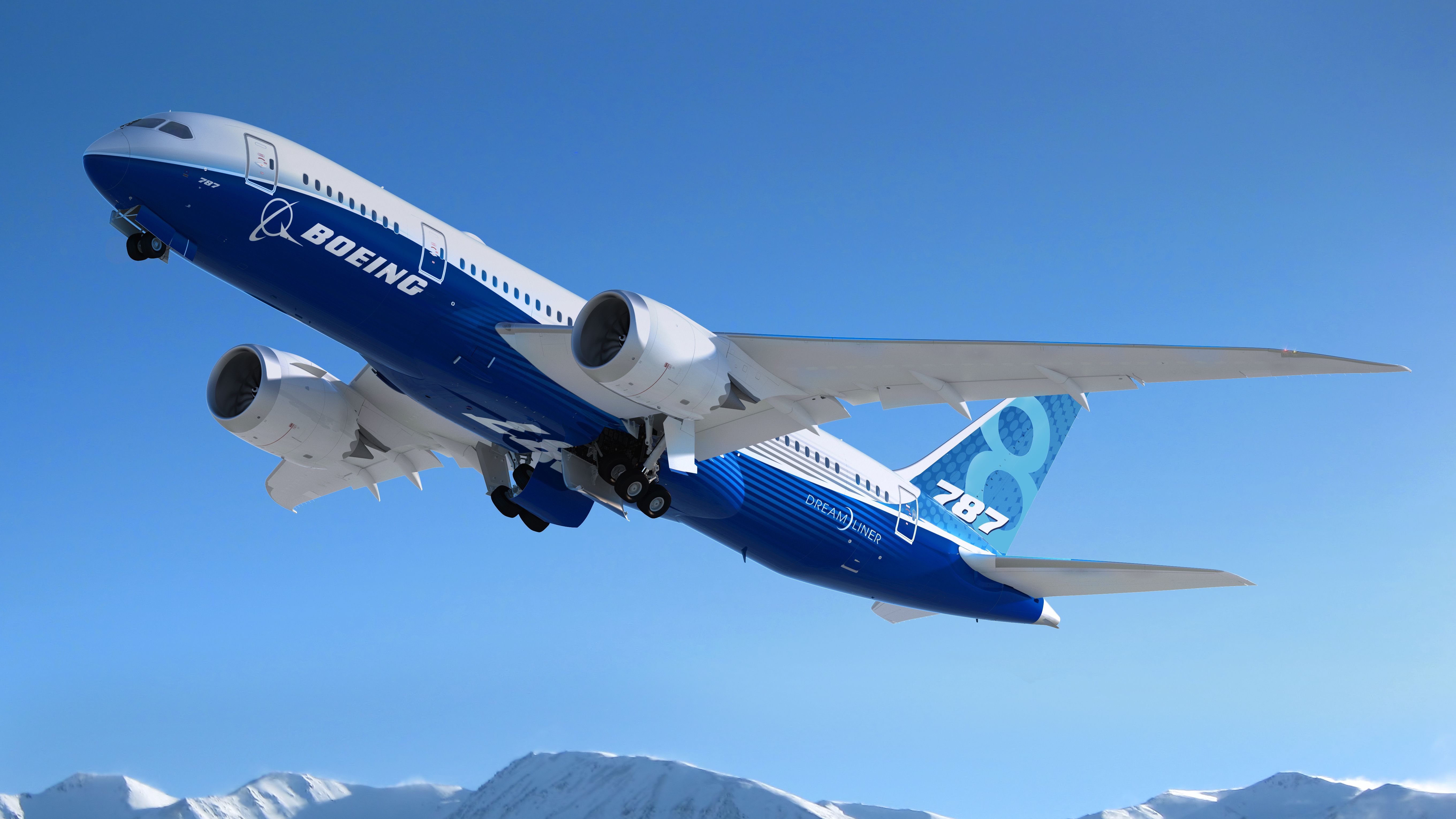Boeing
- Stock Code
- BA
- Date Founded
- 1916-07-15
- CEO
- Dave Calhoun
- Headquarters Location
- Chicago, USA
- Key Product Lines
- Boeing 737, Boeing 747, Boeing 777, Boeing 767, Boeing 757
- Business Type
- Planemaker, Boeing 747, Boeing 777, Boeing 767, Boeing 757
The 777 has been a massive hit for Boeing as its best-selling widebody to date. Since 1993, a total of 1,680 units of the type have been built based on March 2022 deliveries. The aircraft performed its first flight on June 12th, 1994, before entering service with United Airlines on June 7th, 1995, to become a market mainstay. Here’s a look at the growth of the plane’s popularity over the years.
Middle ground
The Boeing 777 was introduced to fill a void left by the 747 and 767. While the 767 performed well on long-distance routes with lower capacity than the 747, there was a twinjet gap when it came to higher capacity missions. Following a series of experiments, the 777 program was launched in 1989 and was developed in collaboration with major airlines in the form of American Airlines, ANA, British Airways, Cathay Pacific, Delta Air Lines, Japan Airlines, Qantas, and United Airlines. Apart from Qantas, all these operators would become customers of this type.
This initial partnership would provide crucial insight into the requirements of the market. It also established a long-term relationship with major stakeholders in the industry, setting a strong foundation for the type’s success.
Varied offering
The 777-200 was the initial shorter edition that entered service in 1995. The 777-200ER with extended range was then introduced with British Airways two years later. Cathay followed with the 777-300 stretched fuselage variant in May 1998.
The 777-200’s range was advanced by the -200ER to allow for longer transatlantic services. 422 units of the variant were sold, but they were soon replaced by the -300ER, which had improved range and greater capacity. This valuable combination made it a popular choice across the industry.

The 777F was launched in May 2005, and the variant has been delivered over 200 times since. Photo: Korean Air
Boeing has continued to add touches to the program to ensure it evolves well with the ever-changing industry. The company states the following about its notable adaptations.
“The Boeing 777’s unique combination of superior range, outstanding fuel efficiency and passenger-preferred comfort has created long-range success for carriers around the world. And the 777-300ER now gives operators a perfect opportunity to extend that success. Recent upgrades further reduce costs and boost revenue, and the 777’s flying experience is still number one with passengers. A more profitable fleet and more satisfied passengers. That’s a better way to fly.”

The 777-200LR was introduced in 2006, but only 61 orders of this variant were placed. Photo: Emirates
Stay informed: Sign up for our daily and weekly aviation news digests.
Still going strong
The next evolution is the 777X, which Boeing touts will be the largest and most efficient twin-engine jet. The larger variant holds the capacity for 426 passengers in a two-class layout with a range of 13,500 km (8,388 ft), pushing it ahead of the A350-1000 when it comes to capacity.
ANA, Cathay Pacific, Emirates, Etihad, Lufthansa, Qatar Airways, and Singapore Airlines are all already customers of the 777X. Therefore, with Boeing confirming that the aircraft won’t be certified as a brand-new type, we can expect the 777 family to continue its popularity after the next model debuts in 2024.
Altogether, the 777 program paid close attention to industry needs from the very beginning. It has adapted well and has diversified its offering over the last 28 years, allowing it to become a global success that is set to last into the next generation.
What are your thoughts about the popularity of the Boeing 777? Which variant has been your favorite to fly on over the decades? Let us know what you think of the aircraft and its journey in the comment section.
Read Next
About The Author





